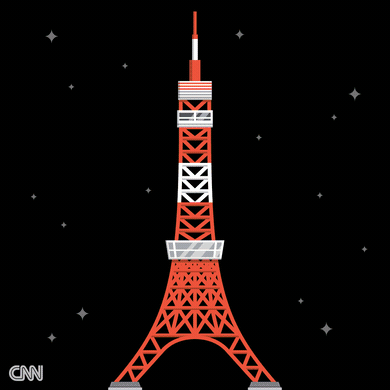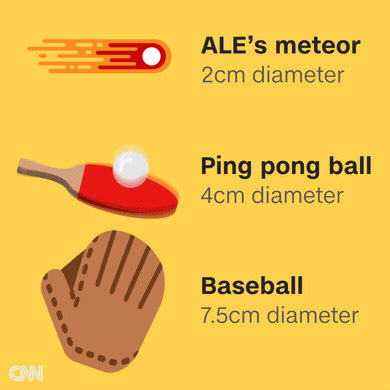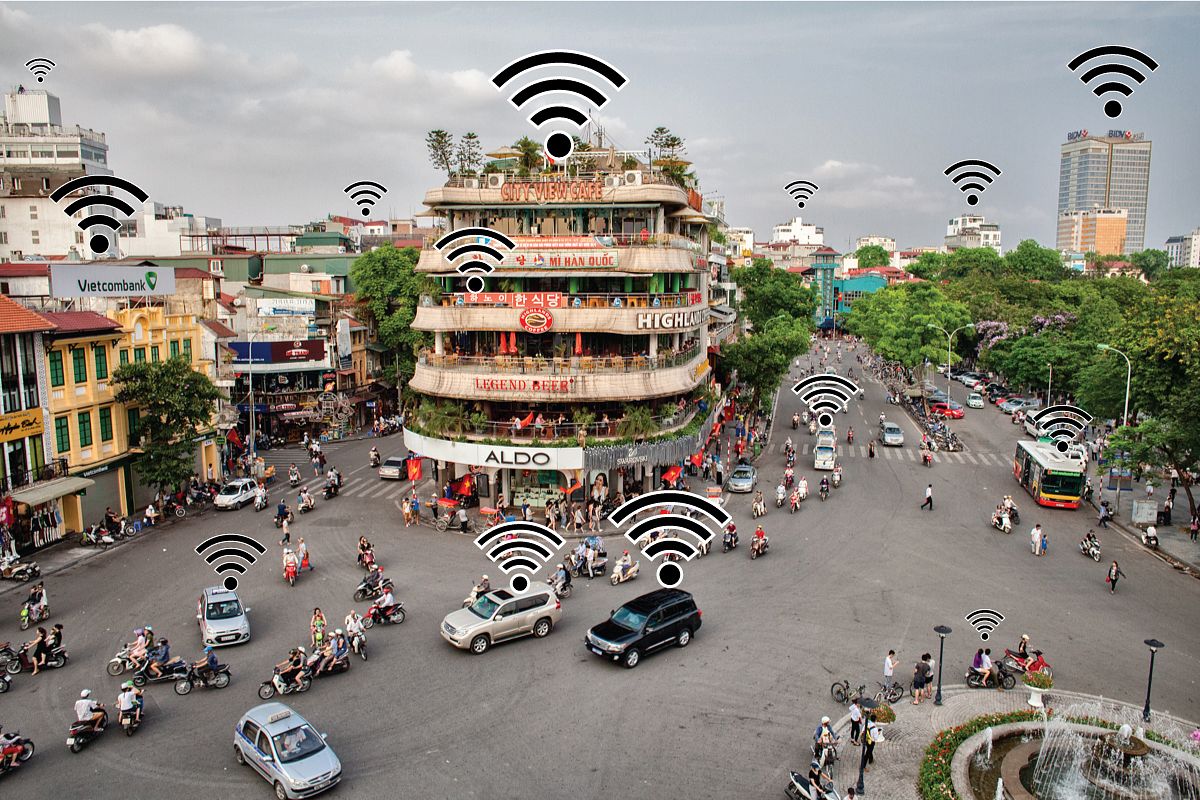Do you have wishes, but no shooting stars to wish on? Your problem will be a thing of the past once this Japanese startup launches its service in 2018.
While the rest of Asia is buzzing with food-related ventures and novel transportation apps along the lines of Cambodia’s budding tuk tuk-hailing service, Japanese entrepreneurs have already moved on to bigger things: space startup ALE is working on making on-demand shooting stars a reality, reports CNN.
"Imagine a future, where you can use our meteors for international fireworks displays, a proposal for marriage or a special memorial," Shinsuke Abe, ALE's research director and an aerospace engineering professor at Nihon University, told the news source.

Rumor has it that the company is bidding to display their whimsical creation during the opening of Tokyo’s Summer Olympics in 2020 in the form of a grand space fireworks performance. ALE plans to launch its first satellite into orbit in 2018 and then debut their service the same year once the device reaches orbit.
"We want people to look up, not down at the ground," shared Abe. "People in Japan are so busy everyday and they need more culture and science in their lives to bring them closer to nature and to relax."
Lena Okajima, ALE's founder, was inspired to create this technology by her childhood in Tottori, a city in Japan’s Tottori Prefecture where meteor showers occur frequently. A former investment banker with a PhD in Astronomy, Okajima was able to mobilize her resources to attract private funding and seek help from scientists at three academic institutions.

The science behind ALE’s man-made marvels calls for extremely precise calculations and many hours of testing. To make this a reality, the team had to consider many different factors: the meteoroid's optimum orbit, trajectory and entry angle into the atmosphere.
First, they will launch a satellite containing 300 to 500 of ALE’s artificial meteoroids into orbit at an altitude of approximately 500 kilometers. This would place the satellite in the thermosphere, the second-highest layer of the atmosphere. Each ensuing satellite will stay in orbit for up to four years, discharging the man-made pellets back to Earth at ALE’s command.

Once ejected, these “stars” will travel across the sky at eight kilometers per second, much slower than the real thing’s 72 kilometers per second, to allow spectators ample time to enjoy the show. The will be meteors precisely ejected so that they reach the atmosphere at an exact location. The heat and friction created as the meteors pass through the atmosphere will cause them to glow, thus giving the appearance of “shooting stars” before they completely dissolve in the air. Each of these shows will be visible from 200-kilometer radius.

"A lot of astronomers have shared this idea of creating artificial meteors – I even presented an idea to the professional community [before joining ALE] – but there are major budget problems and there [were] several big [scientific] barriers to success," Abe told CNN.
One such hurdle was the lack of knowledge regarding meteors due to their speed and unpredictability. Most of these “stars” burn out before reaching the ground, making it impossible to study their composition.

While the company intends to use its creation for commercial purposes, the technology behind their invention will also contribute to the study of natural meteors, the re-entry of satellites and spacecraft and the behavior of the atmosphere. ALE's team of roughly 20 astronomers and space engineers has a slew of scientific papers and academic presentations based on their research to consult when necessary. The “stars” will also be used as a tool to observe the upper atmosphere.
ALE is also looking into theories about the origin of life, specifically the conjecture that life on Earth originated from space in the form of early amino acids arriving on the planet by piggybacking on meteors.
[GIFs via CNN]















